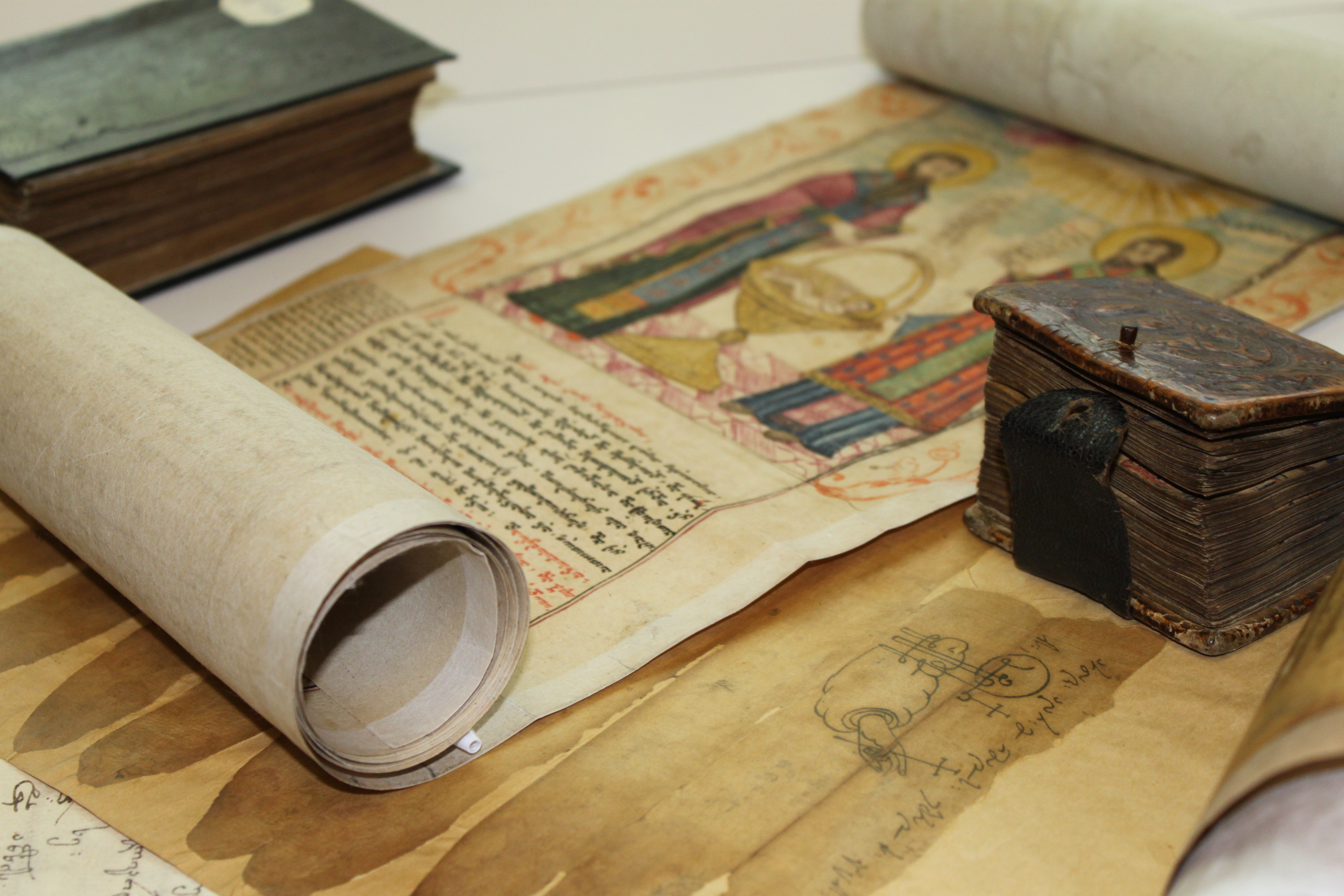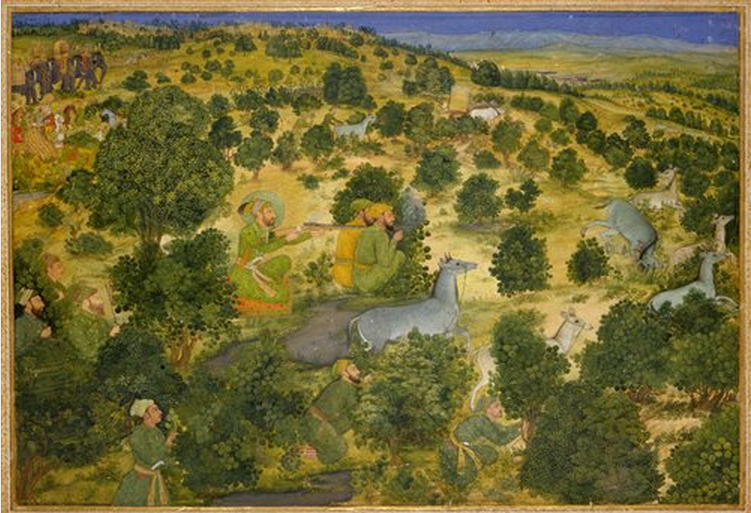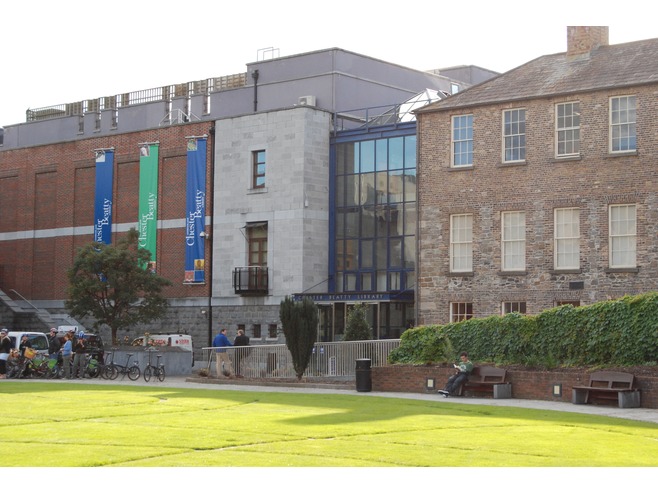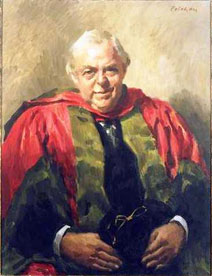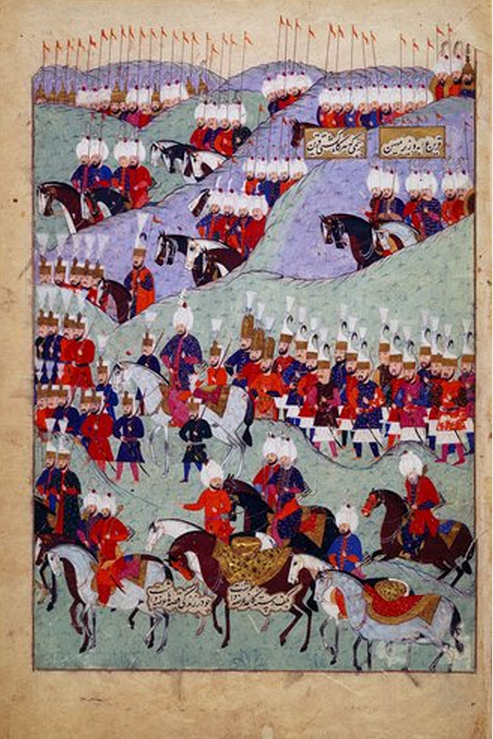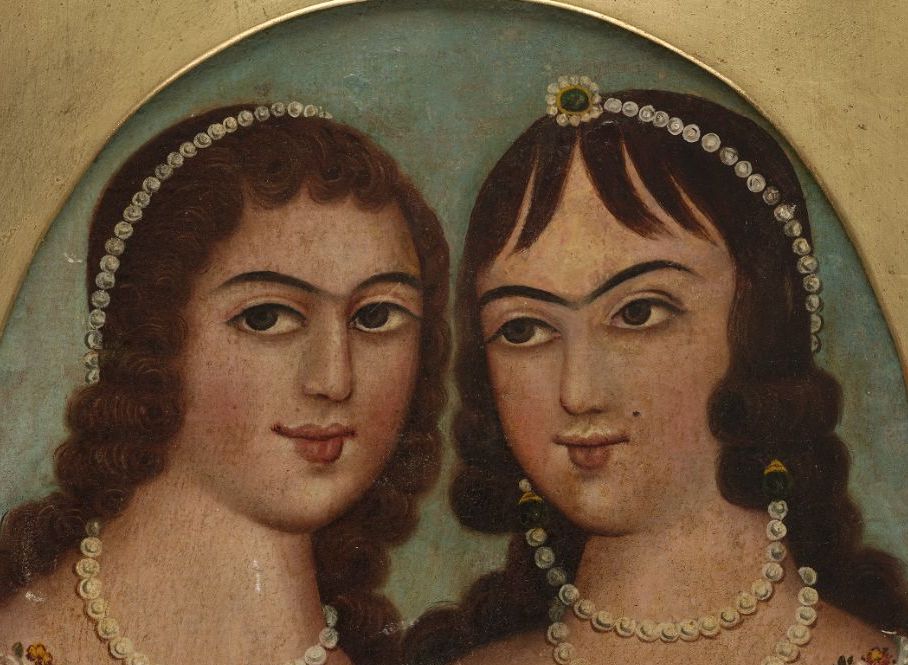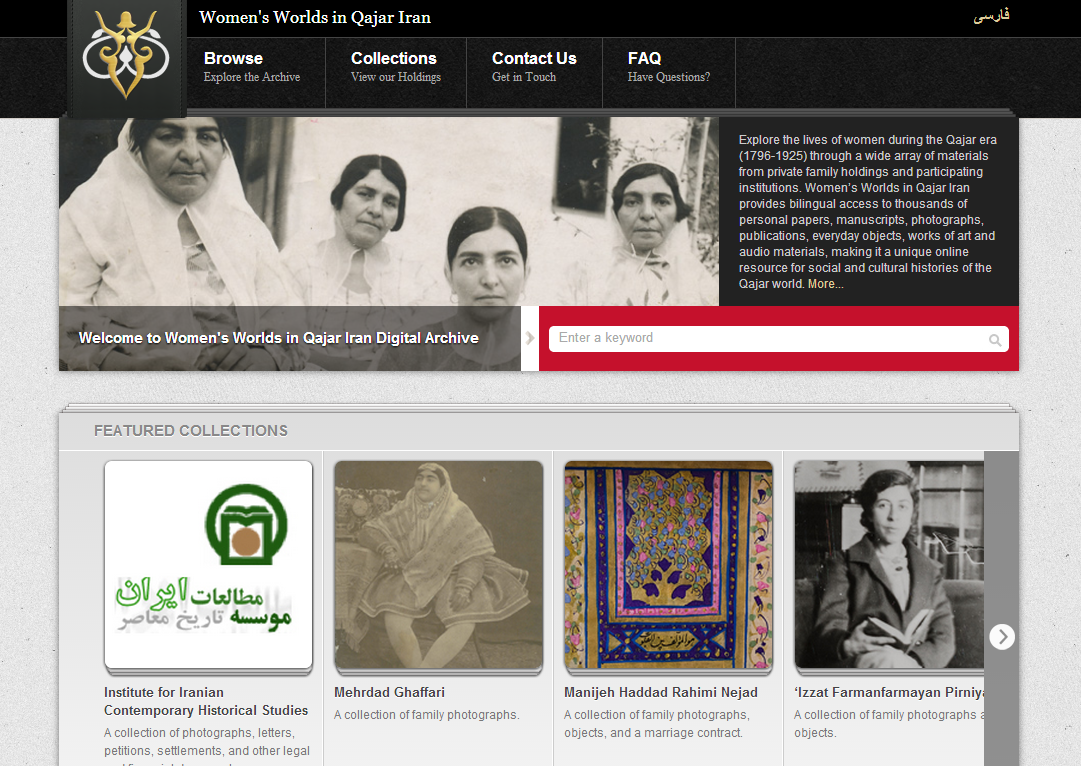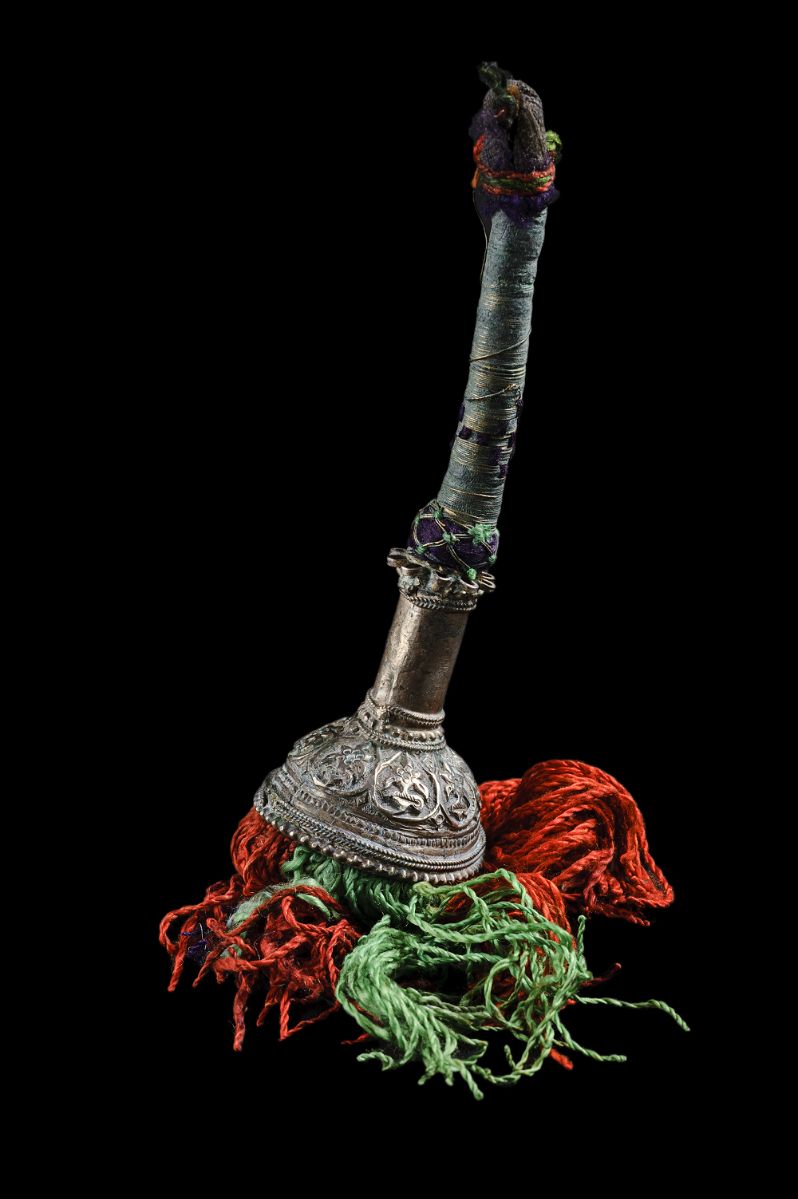Written by Vladimir Hamed-Troyansky
With contributions by Will Smiley (in bold), based on a visit in July 2018.
The Central Historical Archive, located in Tbilisi, is the main depository of historical documents in the Republic of Georgia and a major archive in the Caucasus region. Famed for its large collection of ancient Georgian manuscripts and Imperial Russian documents, the archive also preserves primary sources that are of great value to Ottoman and Middle Eastern scholars.

History
The origins of the archive lie with the historical department of the Russian Caucasus Army Headquarters, created in 1878, and the Caucasus Military Archive that was established in 1908. In 1918, historical documents were collected from all over Georgia to be stored in a central location in Tbilisi. This collection formed the basis of the Central Scientific Archive, founded in 1920. It was further reorganized as the Central Historical Archive of Georgia in 1939, known to students of Russian and Soviet history as Tsentral’nyi gosudarstvennyi istoricheskii arkhiv (TsGIA GSSR). In 2006, the archive became part of the newly formed National Archives of Georgia, which also includes the Central Archive of Contemporary History, the Archive of Audio-Visual History (all three occupy the same building), and the Archive of Kutaisi.
Collection
The National Archives of Georgia, via its four central depositories and many local institutions, boasts five million written documents. The collection of the Central Historical Archive covers the period between the ninth century and the beginning of Soviet rule in 1921. It preserves documents in Georgian, Russian, Armenian, Ottoman Turkish, and Persian. Most medieval and early modern manuscripts deal with Georgian dynastic and ecclesiastic history. The archive hosts rich nineteenth- and early twentieth-century collections of documents on the civil administration of the South Caucasus, including information on urban planning, industrial and mining enterprises, railway construction, agricultural development, banking, customs, educational and medical reforms, and religious and charitable institutions.
Several fonds may be of direct interest to Middle Eastern scholars:
Fond 1452. “Collection of Persian documents” (sixteenth century – 1913): 1,237 documents, ranging from diplomatic and commercial correspondence between Iranian and Georgian rulers to the edicts (firmans) of Iranian shahs to Georgian nobles and Qajar proclamations to Caucasian residents, as well as local tax exemptions, court records, and business transactions recorded in Persian.The register of this fond is in Georgian.
Fond 1453. “Collection of [Ottoman] Turkish documents” (sixteenth century – 1911): 421 documents, including sultanic firmans related to landownership and taxation, Ottoman proclamations to the Caucasus khans to support the Porte in wars against Russia, and reports of sales of captives. Some documents deal with Ottoman-Safavid contention over the Caucasus in the sixteenth century. The considerable majority of Ottoman documents appear to be from the nineteenth century, with a smaller number from the eighteenth and seventeenth and only a very few from the sixteenth. The register of this fond is in Georgian. .
Fund 11. “Diplomatic Chancery of the Viceroy of the Caucasus” (1829-1868): 4,195 documents on Russia’s relations with the Ottomans and the Qajars, including border incidents, wars, foreign visitors, and commercial treaties.
Fund 15. “Foreign Ministry Representative for Border Relations at the Viceroy of the Caucasus” (1869-1916): 382 documents, including materials on Ottoman and Qajar consuls in the Caucasus, as well as the activities of the Armenian Revolutionary Federation (Dashnaktsutiun).
Armenian scholars may be interested in Armenian-language petitions and letters that are scattered across various funds, dealing with civil administration of the region. For photographic, video, and audio records, researchers should consult the Central Audio-Visual Archive.
The Research Experience
The reading room is located on the first floor of the house adjacent to the main archival building, which can be reached via the official entrance. An archivist is always present in a “glass room” by the reading room. Archivists are likely to speak and/or understand Russian but, at the time of the writing (March 2014), not English. The Department of Public and International Relations, located in the main building, will have fluent English speakers to help with researchers’ queries.
Most of the archive’s collections are not digitized. An online catalog currently exists only in Georgian. The catalog in Russian was published in 1976 (reprint of the 1947 edition) and to this day remains the best guide to the archive’s collections. There is a copy of the catalog in the reading room. There is no English-language catalog.
The printed catalog lists several hundred funds. Every fund will have its own handwritten register(s) (opis’). The registers are in Russian for most fonds, but in Georgian for fonds 1452 and 1453 and possibly others. The archivist delivers registers in a few hours’ time. Based on information in the registers, researchers can order folders of documents. Each folder contains anywhere between one page to several hundred sheets; folder sizes are specified in registers. In theory, researchers should allow twenty-four hours for the delivery of requested documents. In practice, if ordered by the afternoon, documents should be delivered the same day.
Note that the two fonds of most interest to pre-modern Middle Eastern historians, unfortunately, may be challenging for non-Georgian speakers to access. The registers (opisi) for these two fonds—1452 (Persian documents) and 1453 (Ottoman documents)—are in Georgian, rather than Russian like other registers. This will not interfere with ordering documents, but it will make it difficult for non-Georgian speakers to determine what documents they are ordering.

Access
The reading room of the Central Historical Archive is open weekdays from 10:00 to 17:00 and does not close for lunch. The archive is closed for the month of August.
To arrange research permissions, it can be helpful to email ahead (the main email address is info@archives.gov.ge). Anglophone researchers will be pleased to know that there is, at the moment, one person working at the front entrance and one at the desk in the reading room who speak fluent English. The other archivists, of course, speak Georgian and Russian.
In order to be granted access to the archive, researchers are asked to bring an official letter from their university or research institution, addressed to the General Director of the National Archives of Georgia. The letter should include the title of one’s research topic.
The security and registration office is located to the right of the archive’s main entrance. Researchers should submit their letter and government-issued ID there in exchange for an archival access card. The access card must be returned at the end of the visit.
Reproductions
Ordering the fonds’ handwritten registers is free of charge but the archive charges researchers for delivering primary sources to the reading room. In March 2014, the cost of ordering one archival unit (folder) is 25 tetri (15 US cents) for scholars and 50 tetri (30 US cents) for those without academic institutional affiliation.
Photocopying and scanning fees depend on the historical period of primary sources. Scanning one page of a twentieth-century document costs one lari, a nineteenth-century document – four lari, and a document produced between the ninth and eighteenth centuries – six lari. The price for taking your own pictures of documents is five lari per page, irrespective of the document’s age. Also, note that a researcher in July 2018 (Will Smiley) was denied permission to photograph documents, even for a price.
As of July 2018, take the final bill, issued by the archivist to the Liberty Bank, whose nearest branch is located on Pekini Avenue, within a ten-minute walk from the archive (note that if the researcher has a Georgian bank account, they can go to any bank).The archivists hand out small slips of paper with the archives’ account number on it and instructions in Georgian. They will only accept cash, but there is an ATM at the bank. Bring government-issued ID to complete the transaction at the bank, and return a bank receipt to the archivist as proof of payment. Plan in advance to allow at least half an hour before the archive closes for the return trip to the bank.
Researchers who have a PhD (a faculty affiliation may be sufficient) receive a 50% discount on scanning documents. This is another reason to bring a formal letter of affiliation from an academic institution confirming one’s degree and position.
Transportation and Food
The archive is located a few miles north of the Old City. It is easily reached by subway (via the Medical University station on the Saburtalo line). Upon exiting the subway, the National Archives building, which houses the Central Archive, will be on one’s left at the intersection of Vazha Pshavela Avenue and Pekini Avenue.
There is no cafeteria in the archival building. Researchers are welcome to use a kitchen and a dining room, commonly employed by the archive employees. Located on the first floor of the main building, the kitchen is equipped with a refrigerator and cooking facilities. There is a small grocery store across from the archive on Vazha Pshavela Avenue.
Miscellaneous
The archive occasionally organizes exhibitions, which should be advertised on its website. The archive does not provide scholarships for researchers to use its collections. U.S. citizens and permanent residents may explore funding opportunities at the American Research Institute of the South Caucasus (ARISC).
Future Plans
There is a plan to issue an archival guide in three languages (English, Georgian, and Russian), which would be available online.
Contact information
National Archives of Georgia
1 Vazha Pshavela Avenue
Tbilisi 0160
(+995) 105-916
Resources and Links:
Printed Catalog (in Russian; Worldcat)
Vladimir Hamed-Troyansky is a Postdoctoral Research Scholar at the Harriman Institute at Columbia University. He is a historian of the Ottoman Empire and the modern Middle East and specializes in transnational refugee migration.
Will Smiley is an Assistant Professor of Humanities at the University of New Hampshire. He works on Ottoman and Eurasian history and on the history of international and Islamic law.
Cite this, Vladimir Troyansky, “Central Historical Archive of Georgia,” HAZİNE, https://hazine.info/2014/03/19/georgiaarchives/, 19 Mar 2014

